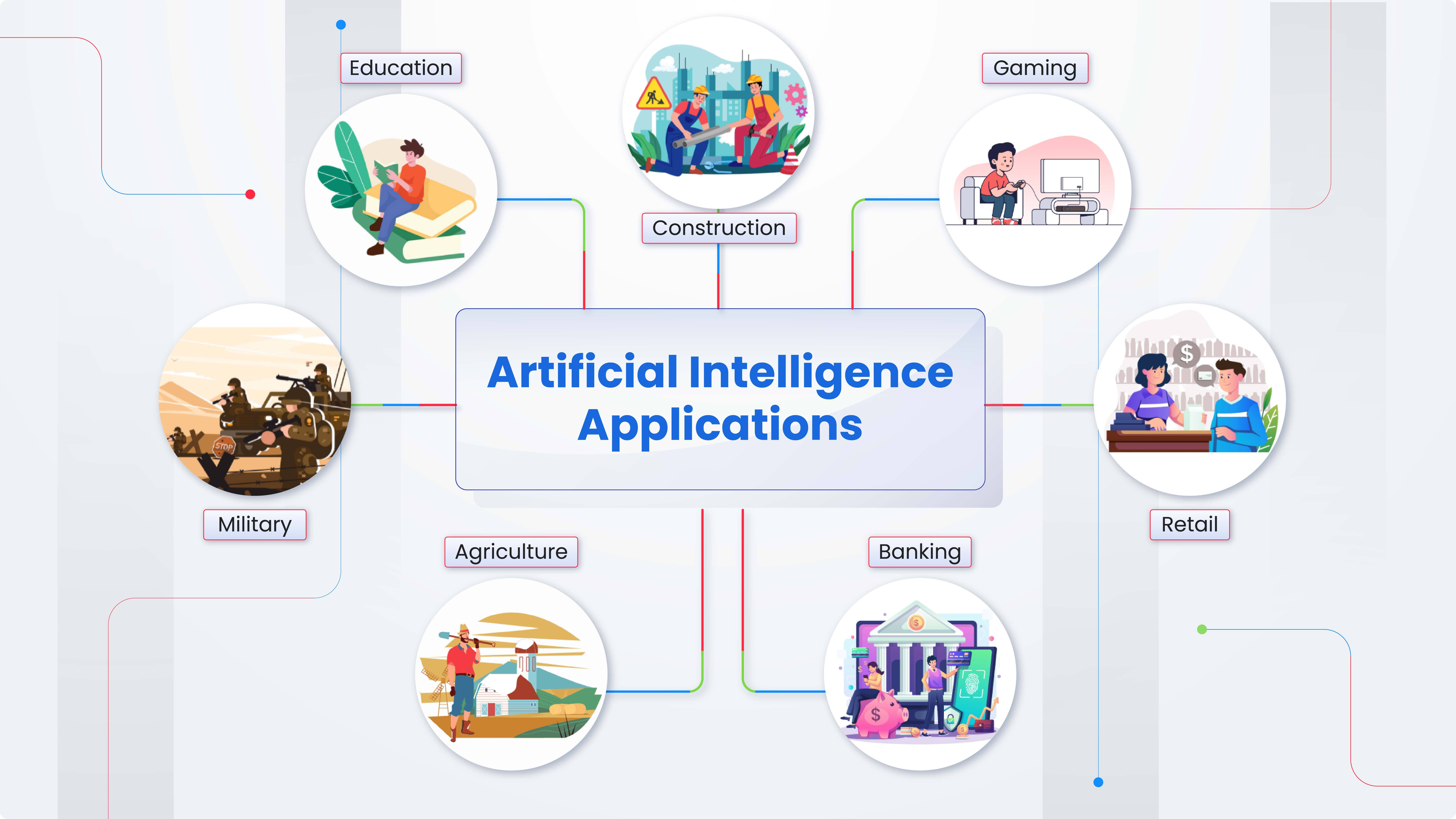
Introduction
Once confined to science fiction and academic papers in the 1950s, AI has emerged as a force to be reckoned with. Today, it’s not just an intriguing subject for tech enthusiasts—it’s essentially found its way into many aspects of our daily lives. From voice commands that turn on your lights to immersive gaming experiences brought to the comforts of your couch, the sheer scope is massive. What’s fueling this relentless advance? A potent mix of unprecedented data access, impressive computing power, and algorithms so innovative, they might as well be wizardry.
In the coming sections, we’ll explore how artificial intelligence is revolutionizing industries far and wide while also taking a look at the most noteworthy real-world AI Applications that have shaped industries in recent years. So, why delay? Let’s dive in!
Table Of Contents
AI Applications Across Different Industries
AI Applications in Agriculture
AI Applications in Construction
AI Applications Across Different Industries
If you’re wondering why AI keeps making headlines, just consider this: Out of 333 million small and medium-sized enterprises worldwide, nearly 30% have already integrated AI into their business operations. And it doesn’t stop there—another 41% are gearing up to make AI part of their future strategies.
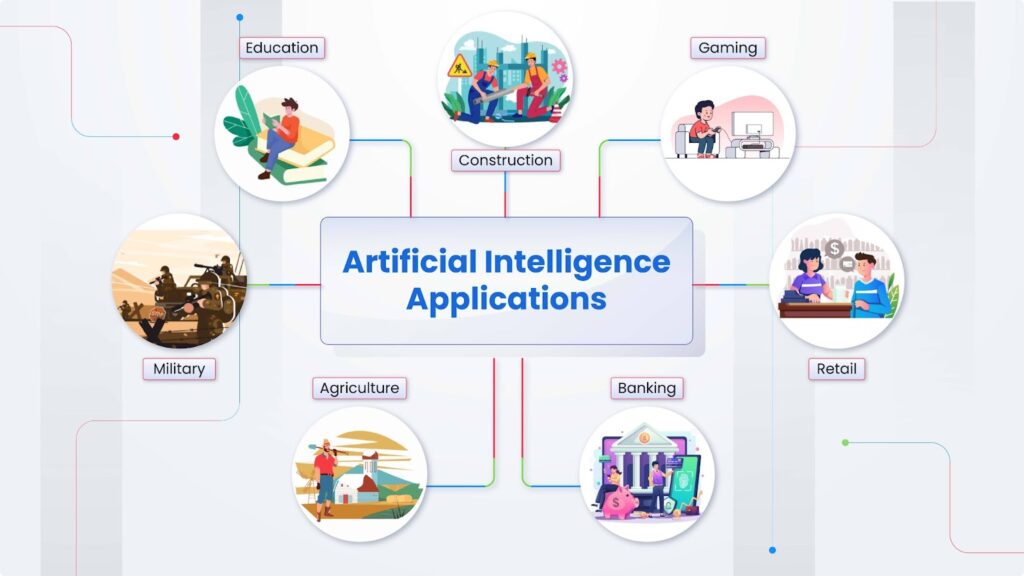
So what’s the big deal? Simply put, AI has transitioned from being an optional tech perk to a core business necessity. Companies of all sizes find AI indispensable for improving efficiency and streamlining various aspects of their operations.
Stick around as we unpack how AI is reshaping the business landscape, proving itself to be more than just a fleeting trend but a key player in modern commerce.
Looking to delve a little deeper into AI? Check our comprehensive guide, Introduction to AI.
AI Applications in Gaming
Let us start with a fun one, Gaming! Who doesn’t love gaming? Believe it or not, the seeds of AI in gaming were sown back in 1949. Claude Shannon, a cryptographer, proposed the idea of teaching a computer to play chess. He used something called the Minimax approach, setting the stage for AI’s grand entrance into gaming.
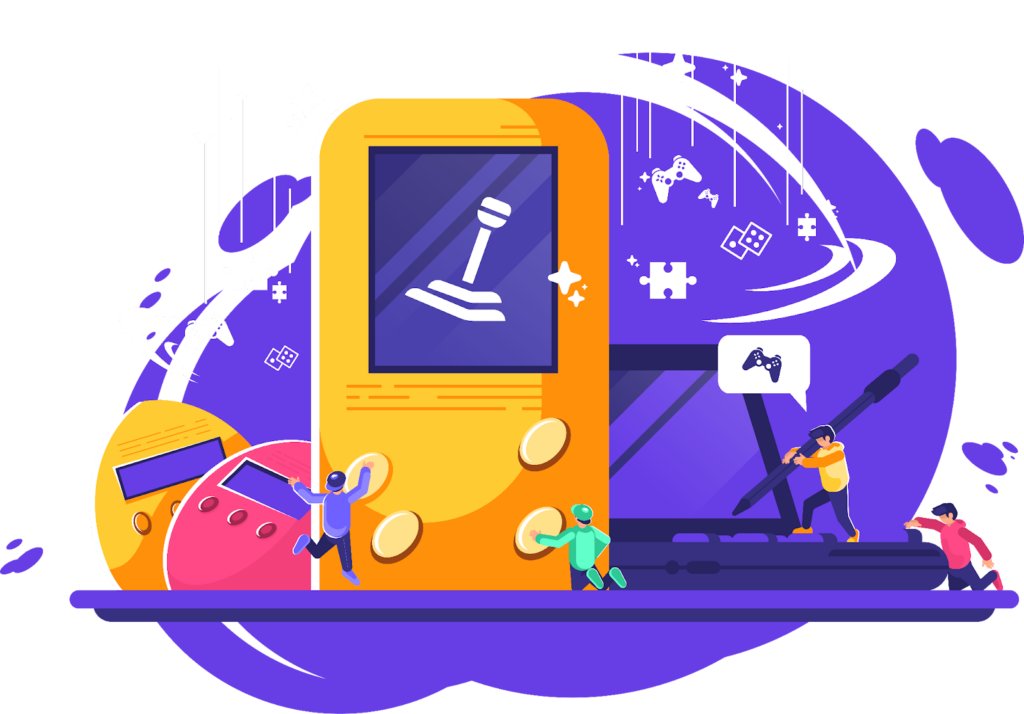
Fast forward to today, gamers are demanding more than just joystick jiggles and button mashes. Developers have upped the ante. This brings us to Non-Player Characters (NPCs) and Procedural Generation.
NPCs are AI characters who populate your virtual worlds, making your gameplay feel as lifelike as possible – rich, textured, and full of unexpected twists.
Procedural Generation, also known as procedural storytelling, is another prominent aspect of the gaming industry. It refers to computer algorithms automatically creating content based on pre-written instructions. Simply put, it is the creation of data by computer.
Minecraft is your digital sandbox where imagination knows no bounds! Picture an open-world game that lets you construct entire worlds one 3D block at a time. You can customize your characters, worlds, and even the gameplay. The worlds are created procedurally based on a few terrain-generation rules in 16 x 16 block pieces. When a piece is generated for the first time, pieces around them form different terrains like trees, mountains, caves, and so on.

Today’s video games are a far cry from the simplistic platforms of yesteryear. Modern game designers are less interested in throwing obstacles your way; they’re more into fine-tuning the experience to match your skill level. In other words, the better you get, the more the game pushes back.
And then there is Virtual Reality (VR) and Augmented Reality (AR). These aren’t just buzzwords; they’re game-changers, literally. With VR and AR, gaming leaps out of the two-dimensional screen and envelops you in the experience. The game evolves from something you play into a world you inhabit, offering a level of engagement that’s hard to match with traditional gaming methods.
With over 5 million games worldwide in existence, the gaming industry has moved far beyond the simple mechanics of Pacman and the pixelated characters of Donkey Kong. Artificial Intelligence has facilitated developers to take gaming experiences to newer heights and will continue to play a major role in enhancing the player experience. It’s a fascinating time to be a gamer, to say the least.
AI Applications in Banking
In the wake of the pandemic, artificial intelligence has become the unsung hero of various industries. The banking and financial sector is no exception. It has changed how this sector operates and delivers services to customers.

AI is not only revolutionizing the way banks operate but also cutting costs. According to the Autonomous Next Research seen by Business Insider, the potential aggregate cost savings for banks using AI applications is estimated to be $447 billion by the end of 2023.
Let’s dive into this digital piggy bank and find out how AI is changing the game in the banking world.
Chatbot Integration
Chatbots are revolutionizing customer service by offering quick and precise answers to common questions. This technology streamlines customer interactions and alleviates a significant load on customer service representatives, allowing them to focus on more complex issues. What’s more, chatbots are available 24×7, providing a level of service accessibility that even the most dedicated human agents can’t match.
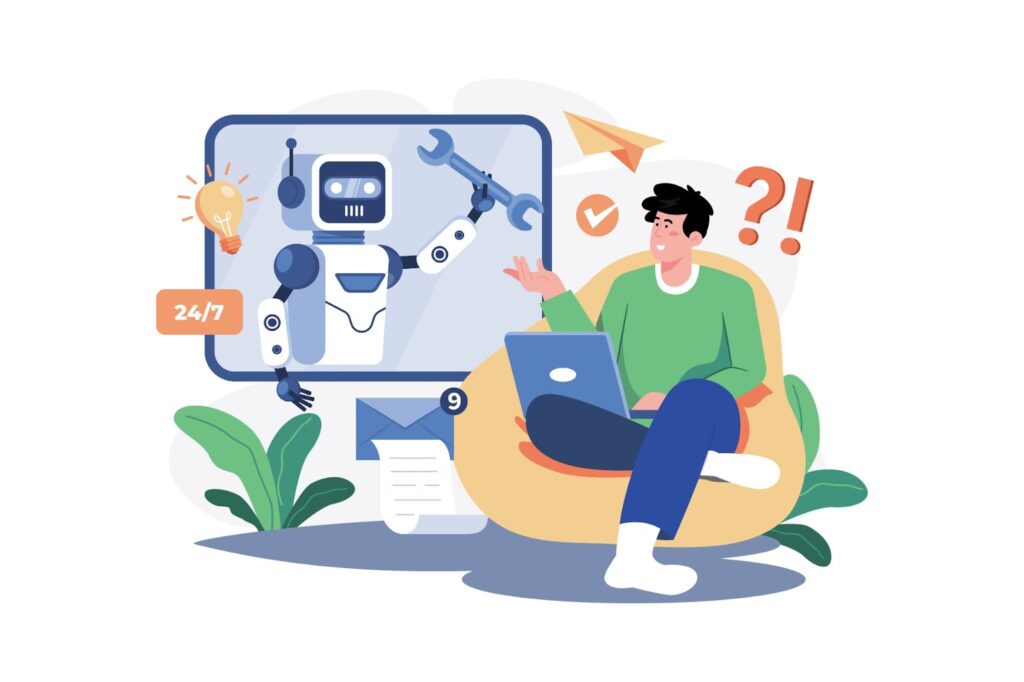
One compelling example of chatbot utility in the financial sector is Bank of America’s Erica. Integrated into the bank’s mobile app, Erica employs advanced analytics and artificial intelligence to serve as more than just a digital assistant—she acts as a personalized financial advisor. By examining your cash flow, account balances, transaction history, and upcoming bills, Erica delivers tailored advice to help you manage your finances more effectively.
With advancements in machine learning and natural language processing, the future of AI-powered chatbots in the customer service landscape looks promising.
Credit Score
Traditional banking often relies on manual checks of your credit score and past purchase habits to evaluate the creditworthiness of an individual. But imagine streamlining this process! It’s a slow, often cumbersome process. This is where AI comes into the picture. By analyzing a broader set of data, AI allows for a more comprehensive and efficient assessment, giving you more than just a score to represent your creditworthiness.
One tool making strides in this space is Ginimachine. It’s a no-code AI credit scoring software that has taken the complexities out of credit evaluation. What sets Ginimachine apart is its ability to quickly build unique models that make credit decisions in mere seconds, using both traditional and non-traditional data.
The next time you worry about your credit score, remember that advancements like Ginimachine are gradually making the credit evaluation process more nuanced and efficient.
Fraud Detection
Banks are increasingly turning to AI to bolster their security measures. These AI systems are adept at monitoring transactions and activities, flagging any irregularities that could suggest fraudulent behavior. This makes it far easier for banks to minimize risks and protect customers’ assets.
You might find it unsettling to know that cyber-attacks are more common than you’d think—a new attack occurs approximately every 39 seconds. In fact, back in 2019, nearly a third of all threats targeting the financial sector were cyber-related, making it one of the sectors most vulnerable to such attacks, second only to healthcare.
So, how is AI being leveraged to curb these cyber attacks?
Consider the case of Mastercard. They use AI-based insights to help banks identify potential scams in real time. This enables banks to intervene before any funds leave a victim’s account, acting as a preventive measure against different types of scams.
To put this in perspective, the United Kingdom reported over 207,000 incidents of authorized push payment scams in one year, resulting in substantial losses of £485 million. Mastercard’s AI-driven solutions have made a marked impact, helping to prevent around $35 billion in fraud losses in just the last three years.
The integration of AI into banking systems is increasingly essential for identifying and mitigating fraudulent activities. As more financial institutions adopt these technologies, customers can look forward to more secure banking experiences.
AI Applications in Agriculture
The Global Agricultural Market is certainly making waves, with a valuation of $13.4 trillion as of 2023. Growing at an annual rate of 9.4%, it’s geared to meet the challenges of a rising global population, expected to touch 9.9 billion by 2025. This population surge will naturally lead to increased food demands, with projections indicating a jump of 35% to 56%, according to NatureFood. The key activities in farming—crop production, harvesting, and distribution—will have to scale up significantly to keep pace with these demands.

To address labor shortages and growing food demand, agriculture is turning to tech solutions like AI-powered drones and predictive analytics. These innovations, often called Agrirobots, work more efficiently than humans and can operate in various weather conditions. They’re set to play a vital role in the future of farming.
Crop and Soil Health
Soil health is a cornerstone of successful farming. Traditionally, it was assessed by laborers or farmers through manual tests, but those methods often lack precision and frequency. This makes it challenging to predict future crop yields accurately.
Today, technology offers a more sophisticated approach. Artificial Intelligence, especially Computer Vision models, can be used to analyze and gather detailed crop health data. One application that makes this easier is Agrio.
Agrio is a downloadable app where you can upload pictures of your crops. Machine learning algorithms then analyze these images and provide valuable insights along with suggested actions for improving crop health. Agrio offers more accurate, actionable farming data than traditional methods.
Disease and Pest Detection
Plant pathogens are a significant concern in agriculture, responsible for a large portion of crop losses. Since crops are often grown in dense settings, they’re more vulnerable to these disease-causing agents. To put it in numbers, plant diseases make up 14.1% of the total 36.5% average losses from all causes. Globally, this equates to a staggering $220 billion lost each year.
For farmers, the challenge lies in early detection and effective treatment of crop diseases. That’s where Computer Vision steps in. By analyzing extensive sets of crop images, this technology helps identify and segregate affected crops for further diagnosis. It’s a modern, efficient approach to an age-old problem.
Pests are another big issue, albeit slightly less impactful than plant diseases. Insects and weeds account for 10.2% and 12.2% of crop losses, respectively. Again, technology offers a solution. Unmanned Aerial Vehicles (UAVs), when equipped with Computer Vision, can spray pesticides uniformly across fields. The technology ensures targeted treatment, allowing for precise application in terms of location and quantity.
In summary, technology like Computer Vision is making strides in addressing the enduring challenges in agriculture, providing timely and accurate solutions for disease and pest management.
Predictive Analytics – Pricing
Farmers face a real challenge when it comes to the unpredictability of crop prices. This volatility makes it difficult to establish a stable crop production plan, much like trying to build a house of cards in the wind. The key to a profitable year often lies in knowing the best time to plant.
That’s where the scientists at ICRISAT come in. Using advanced AI algorithms, they employ predictive analytics to identify the optimal sowing dates for maximum yield. This isn’t just useful for planning; it helps farmers decide which crops are most likely to succeed, gives them insights into market demand, and offers future price forecasts.
Let’s delve a bit deeper into another aspect of AI in farming called yield mapping. Here, machine learning is used to analyze vast datasets to provide actionable insights. These algorithms consider information collected by drones and soil sensors, as well as 3D mapping techniques. All of this contributes to more accurate predictions about soil yields for specific crops. It’s like a data-driven crystal ball for farming, offering a more stable and profitable future for those who till the land.
Weather Forecasting
Climate change isn’t reversible, but that doesn’t mean we’re powerless. In fact, there are ways to predict and monitor its effects to make agricultural practices more efficient and reduce unnecessary costs.
This is where AI enters the scene, specifically through advanced weather tracking systems. These systems analyze a wealth of data—temperature, rainfall, wind speed, and even solar radiation—to provide real-time insights. The goal is to help farmers manage climate-related risks by delivering timely information specific to their localities and the relevant growing seasons.

Key Technologies Behind Efficient Weather Monitoring
- Satellite and Weather Stations: These comprehensively overview large-scale weather patterns.
- IoT Sensors: These ground-based devices gather localized environmental data for a more detailed analysis.
- AI and Machine Learning: These computational tools process the gathered data to predict unexpected weather events with impressive accuracy.
AI cannot replace farmers, but it can significantly aid them in meeting the challenges. These technological advancements lead to improved agricultural practices and contribute to better yields and quality of life for farmers. All in all, AI and weather monitoring offer promising avenues for making agriculture more resilient and sustainable.
AI Applications in Education
Artificial intelligence isn’t just transforming sectors like healthcare and finance; it’s also significantly impacting education. In terms of hard numbers, the AI in Education Market reached an impressive $4 billion in 2022. Even more noteworthy, it’s expected to grow at a steady rate of over 10% per year from 2023 to 2028.

So, what’s changing in the classroom and beyond? A rising number of EdTech companies are integrating AI into their offerings. As a result, traditional teaching methods are increasingly being supplemented or even replaced by digital learning software. This shift is evident in the adoption of smart classrooms and mobile courses that aim to make education more engaging and accessible.
Grading
The potential of AI in education is hard to overlook, especially when it comes to grading and feedback. With machine learning algorithms at the helm, automated grading systems are making the lives of educators noticeably easier. These tools are particularly helpful during those crunch times when the sheer volume of papers to grade could overwhelm any human.
Not only do these systems save teachers hours of work, but they also bring an added layer of objectivity to grading. This helps to reduce any inconsistencies or biases that can sometimes be an issue with traditional grading methods.
One such tool making waves in this area is Copyleaks. Their AI-driven grading tool efficiently assesses a wide range of standardized tests, providing reliable and unbiased grades. This frees up teachers to concentrate on other essential aspects of teaching, such as preparing lessons or giving students individualized attention.
Automated grading systems aren’t just a time-saver; they’re a step toward more objective and consistent grading, which benefits both teachers and students. It’s a win-win situation for a more efficient and equitable educational experience.
Personalized Learning
In today’s educational landscape, it’s clear that a one-size-fits-all approach isn’t doing justice to the unique learning curves of each student. Different paces and styles of learning are the norm, not the exception. So, where does technology, specifically Artificial Intelligence (AI), fit into this?
AI offers a dynamic toolset for learning that can adapt to individual needs. By simplifying complex subjects, AI enhances the learning experience and isn’t limited to just one subject area. It provides a holistic approach, making education more accessible and tailored to each student’s needs.
A noteworthy example is Cognii, which utilizes Natural Language Processing (NLP) for its chatbot-based virtual tutors. These are available around the clock for real-time conversations, offering an on-demand resource for students. The platform also allows for multiple attempts at mastering subject matter, providing both adaptive and personalized learning experiences based on accurate assessments. This way, students can focus on areas that specifically need improvement, getting the precise guidance they need.
So, whether you learn quickly or at a more measured pace, AI technologies like Cognii bring personalized, adaptable education to the forefront.
Smart Content
With global digitization across various industries, the education industry is no different. Across the board, from primary schools to universities, educational institutions are strategically integrating digital approaches into their curriculums.
So, what does this digital shift look like? Well, one key player is smart content, which encompasses digital textbooks, study guides, and instructional videos. This kind of material doesn’t just modernize the learning process; it offers the flexibility for educators and students to customize resources to fit their individual needs better. Particularly noteworthy is the rise of video-based learning, which many find to be an especially engaging way to grasp new concepts.
Beyond digitizing existing resources, advanced tools like AI Monitoring and Evaluation are also coming into play. These technologies use artificial intelligence to optimize content delivery based on different learning styles and pacing needs. Moreover, when patterns emerge—like a significant number of students struggling with a particular concept—AI algorithms can pinpoint where the curriculum may need refinement. This allows for a more targeted, efficient way for educators to address gaps in learning.
One compelling example of this digital transformation in action is Duolingo, an app that garnered significant attention in 2020. With a user base exceeding 300 million, Duolingo employs AI-driven assessment tests to place learners at appropriate starting points in their language studies. By doing so, the app is able to improve both user satisfaction and retention rates, ensuring that people aren’t just starting to learn a new language but are sticking with it.
AI is not merely an add-on in the educational sector; it’s an integral component that enhances personalization, improves content, and makes grading systems more effective. As AI technology continues to mature, its applications within education are only likely to expand, opening up even more possibilities for enriching the learning experience.
Speaking of education, are you curious to learn the demands of different AI Job Roles? Check out our comprehensive read AI Jobs in 2023.
AI Applications in Retail
The Retail industry is undergoing a significant transformation thanks to Artificial Intelligence. From optimizing real-time promotions to managing inventory more efficiently, retailers around the world are using AI to improve your shopping experience.

What’s more, this isn’t just a trend among the big players. Many small retailers have already integrated some form of AI into their operations. So the next time you’re shopping, either in-store or online, know that AI is quietly working in the background to make your experience better.
Cashier-Free Checkout
Some retail chains are incorporating cashier-free shopping. Picture walking into an Amazon Go store where you can grab what you need and leave without ever standing in a checkout line. The store utilizes a network of cameras and sensors to track your selections, automatically charging your Amazon account as you exit. It’s not just convenient for shoppers; this approach also streamlines staffing requirements, helping to reduce operational costs. It’s a practical innovation that offers a glimpse into the future of retail, making shopping faster and potentially more cost-effective for everyone involved.
Inventory Monitoring and Management
Navigating a hardware store can sometimes feel like a maze, but retailers like Lowe’s are making that experience much easier. Lowebot is an autonomous retail service robot designed to help you find exactly what you’re looking for. And don’t worry if English isn’t your first language; Lowebot understands multiple languages, accommodating a diverse range of customers. Plus, it keeps a vigilant eye on inventory levels, making those in-demand items less likely to run out. It’s a simple, efficient way to enhance your shopping experience.
Virtual Try-Ons
In the age following the pandemic, shopping is getting a digital makeover that’s both practical and engaging. One of the standout innovations? Virtual try-on rooms. Imagine finding your next perfect outfit without the hassle of driving to a store or waiting for a fitting room. From the comfort of your home, you can quickly sift through options and make a choice that suits you best.
Let us take the instance of Levi’s. They’ve had a virtual stylist in their toolkit since 2017. This isn’t just some generic feature; it’s designed to be quite interactive. The stylist asks for your input on size, shape, and fit preferences and provides recommendations tailored for you. If you want more opinions, the platform allows you to share your selections with friends or family. They can rate your choices and even provide you with images of how each pair of jeans looks on real people.
The benefits are two-fold. For customers, the virtual try-on provides a more realistic sense of how the jeans will fit, mitigating the dreaded online shopping gamble. For Levi’s, it’s a strategy that cuts down on e-commerce returns. It’s a promising sign of how technology is shaping a more efficient and user-friendly shopping experience.
Just like any other sector, artificial intelligence will not replace humans but will only aid processes in a much more efficient and time-saving manner. It has effectively improved the customers’ shopping experience and made the manual retail processes less cumbersome.
AI Applications in the Military
Artificial Intelligence (AI) is making significant strides, not just in the realm of national defense. Over the past decade, military operations have seen remarkable improvements, from precision-guided missiles to advanced bomb disposal systems. It’s clear that nations worldwide are taking note and investing in AI capabilities for their armed forces.

Thanks to innovations in deep learning and robotics, military strategies are becoming increasingly optimized. It’s no longer simply about the size of an army; the effective use of AI technology is becoming a critical factor in a military’s overall strength. Now, let’s take a closer look at some specific use cases that demonstrate AI’s impact on modern military operations.
Drone Swarms
In the evolving landscape of modern warfare, drone technology is taking a front seat, and it’s not just any old drone; we’re talking about Swarm Drones. Also known as Autonomous Multi-Domain Adaptive Swarms of Swarms (AMASS), a name as complex as the technology itself, its goal is comprehensive, to gain a tactical advantage by deploying these drones from land, sea, and air. Both the United States and China see the enormous potential here and are investing billions in research and development projects.
Turning to real-world applications, the Israel Defence Forces (IDF) offered us a glimpse into this tech in May 2021. They used a small fleet of quadcopter drones to monitor areas in southern Gaza for rocket-launching activities by Hamas. Once a launch was detected, ground forces and armed aircraft quickly moved to address the threat. The campaign relied on advanced technology that Israeli Military Intelligence called it the “World’s First AI War.”
Autonomous Aerial Drone
Autonomous drones are transforming the landscape of aerial operations. These Unmanned Aerial Vehicles (UAVs) operate using advanced navigation and software systems, all powered by artificial intelligence. Unlike traditional drones requiring a human pilot, these autonomous versions can conduct inspections and surveys independently. They continuously analyze their surroundings to make real-time decisions, eliminating the need for constant human oversight.
Among the pioneers in this field is Ghost Bat, an unmanned aerial aircraft developed by Boeing. This project is part of the Australian Defence initiative, and its role is to support crewed jets by providing additional surveillance and firepower when needed. Designed for endurance, Ghost Bat can cover a distance of 2,300 miles over 16 hours and has the capability to reach supersonic speeds. While it’s not yet in service, the Ghost Bat is on track for certification.

(Source: Wiki)
It’s clear that drones are becoming not just more autonomous but also more integrated with existing military and commercial applications. The sky is, quite literally, the limit.
Autonomous Firearms
Imagine twin gun turrets fixed on a guard tower, overseeing an area. That is exactly what the Israeli Army has done. They have deployed automated twin gun turrets on a guard tower overlooking the al-Aroub refugee camp in the West Bank. These turrets are equipped with artificial intelligence to improve accuracy. Developed by Smart Shooter, the technology behind these weapons aims to enhance the precision of non-lethal ammunition like tear gas, stun grenades, and sponge-tipped bullets.
The primary goal here is to better protect both soldiers and civilians by ensuring that the right target is engaged. However, this move has also sparked a debate. Human rights activists are raising questions about the ethical implications of decreasing human intervention in weapon systems.
To address these concerns, the Israeli Army has stated that these AI-powered guns are as regulated as any traditional weapons in their inventory. Importantly, they are designed to fire only non-lethal rounds.
The adoption of artificial intelligence in the military realm could offer several advantages, including increased efficiency and reduced risk to human life. However, it’s essential to proceed with caution, especially when ethical questions are at play.
AI Applications in Construction
The past five years have seen significant strides in Artificial Intelligence and Advanced Analytics in the construction industry. This isn’t just tech jargon; it’s an investment that can add real value to every stage of a construction project. From planning to execution, these technologies refine how the industry operates, leading to improved productivity and performance.
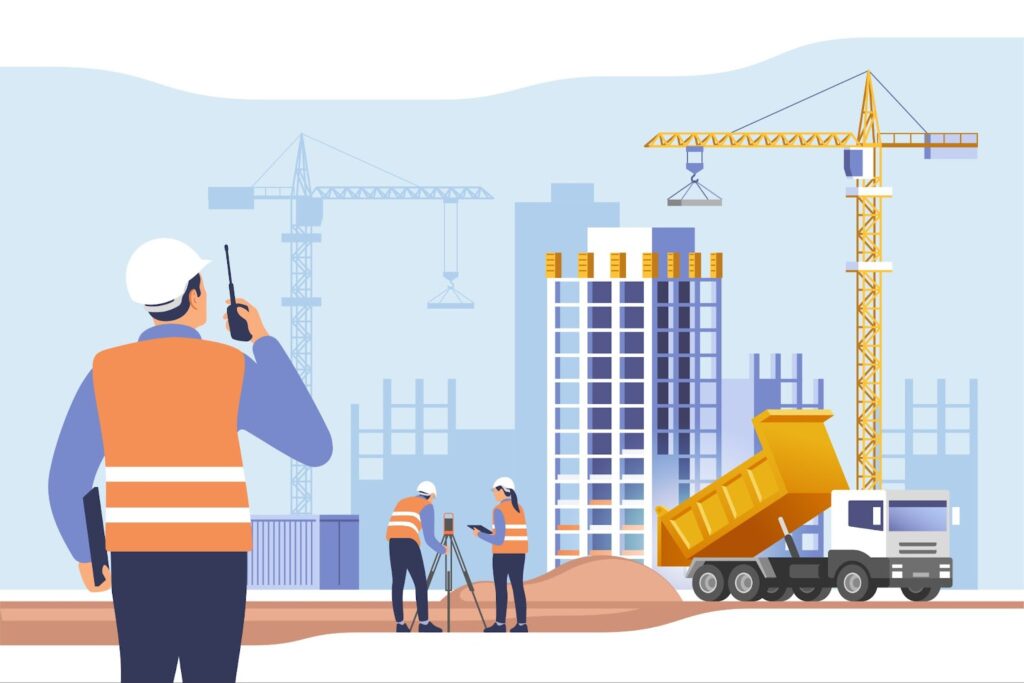
Preconstruction
Before any building project takes its place in the skyline, a lot of groundwork happens behind the scenes. This initial phase is known as Pre-construction, a crucial period where planning and strategy are king. The effectiveness of this stage can make or break a project—it’s the blueprint for staying on time, within budget and ensuring the client is satisfied at the end of the day.
Once the plans are finalized, it’s time for the formalities. Contracts are signed, teams are selected, and the construction phase is ready to kick off. However, even minor errors in these contracts can lead to significant issues later on. This is where Artificial Intelligence comes into play.
Think of AI as an efficient, reliable assistant. It scans through contracts quickly, identifying any potential stumbling blocks before they become major headaches. This preemptive scrutiny allows teams to address any concerns, fostering a smoother construction process overall.
Beyond just vetting contracts, AI provides valuable insights for better planning and optimizing team performance during the pre-construction phase. It takes into account various factors that could impact the project, offering a level of analysis that’s hard to achieve manually.
So the next time you see a stunning new building, keep in mind that it’s not just about the final structure; it’s a testament to the power of good planning and the smart use of technology right from the get-go.
Safety
In the construction industry, safety isn’t just another box to check—it’s an imperative. Injuries and accidents are unfortunately more common here than in many other fields, affecting productivity and potentially leading to legal complications or damaged reputations. That’s why contractors have a vital role in being proactive, identifying and mitigating risks before they escalate into serious problems.
Now, imagine a construction site monitored 24/7 by cameras and sensors. These aren’t just passive observers; advanced features like facial recognition and object detection can spot potential hazards in real time. The technology sends immediate alerts about unsafe conditions, such as improperly stored equipment or workers not wearing safety gear, allowing for timely interventions.
But technology is just one piece of the puzzle. It’s equally important for contractors to inform workers about the source of potential risks, not just the risks themselves. This could range from fluctuating weather conditions to equipment-related hazards. Understanding the “why” behind the risks allows for a more comprehensive safety approach. The more workers know, the better they can navigate the complexities of a dynamic construction site, enhancing overall safety and project efficiency.
One company contributing to this safer and more efficient landscape is viAct, based in Hong Kong. Leveraging the power of artificial intelligence and computer vision, their construction management software offers continuous site monitoring. While their primary goal is to enhance safety measures, an added benefit is improved productivity and cost management.
Safety and efficiency in construction are not mere talking points; they’re essential components for successful project execution.
Site Analysis
Site Analysis is a crucial first step in the design and construction process. It involves a thorough examination of a site’s geographical features, climate conditions, historical background, and legal constraints. This information is usually collected in various formats like images, videos, and texts and is stored in Building Information Modeling (BIM) systems. These systems are invaluable tools for streamlining tasks such as planning, safety protocols, design refinement, and budget management.
In the realm of site analysis, it’s often the design team that takes the lead. Their mission? To gather crucial insights that will pave the way for a meticulously crafted project plan. This plan, enriched with valuable data, equips them to confront any obstacles that may come their way. The end result? A remarkable boost in overall productivity heightened quality control and a project that shines in terms of performance.
The role of artificial intelligence in the construction industry is becoming increasingly significant. AI technologies are enhancing the entire lifecycle of a project, making processes more efficient and paving the way for more informed decision-making.
Conclusion
In the grand tapestry of technology’s evolution, our exploration into the myriad of AI applications across diverse industries has been a fun one.
Our journey has traversed dynamic AI intersections in banking, decoding trends with precision; navigated gaming, where AI breathes life into immersive worlds; empowered finance decisions with AI insights; witnessed a marketing renaissance in retail; marveled at AI’s military role in simulations, data analysis, and precision; and embraced AI in construction, optimizing projects—a testament to technology’s transformative impact.
We bid adieu to this exploration, but our journey is far from over. With each passing day, AI evolves, bringing new possibilities and challenges. Our quest for understanding and innovation continues. The coming blog posts promise even more insights, revelations, and marvels in the world of Artificial Intelligence.
See you guys in the next one!


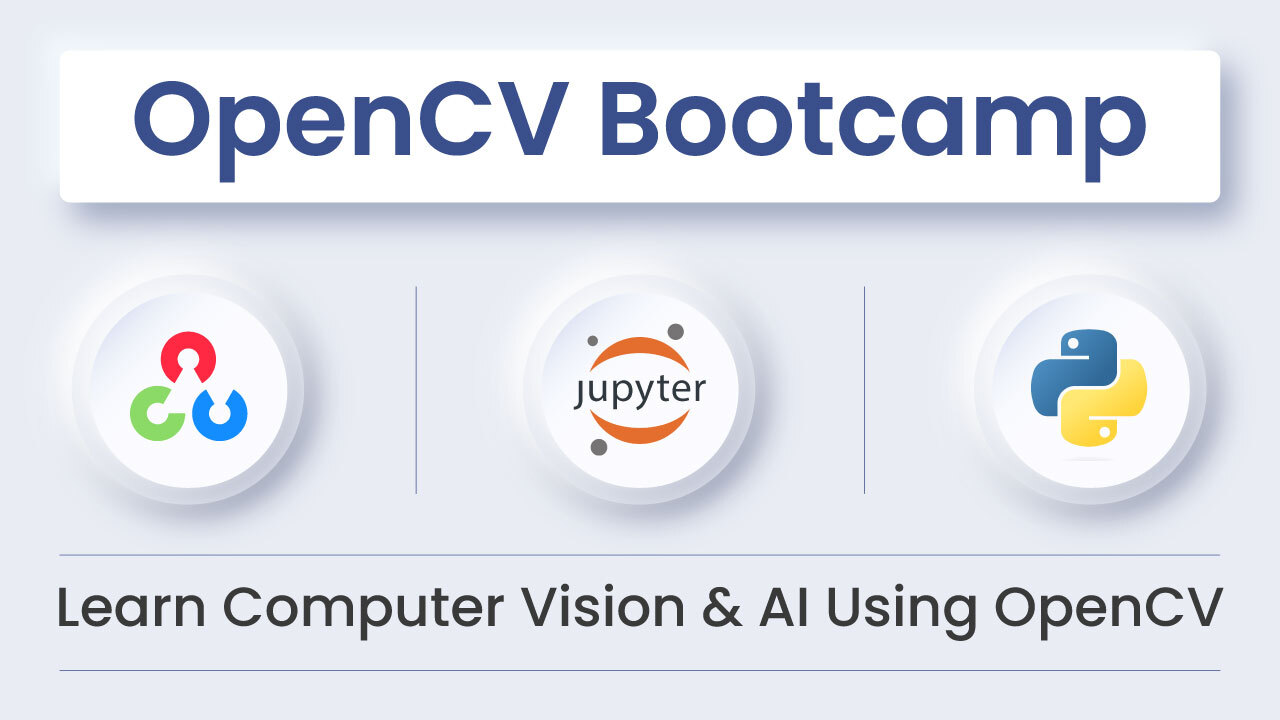
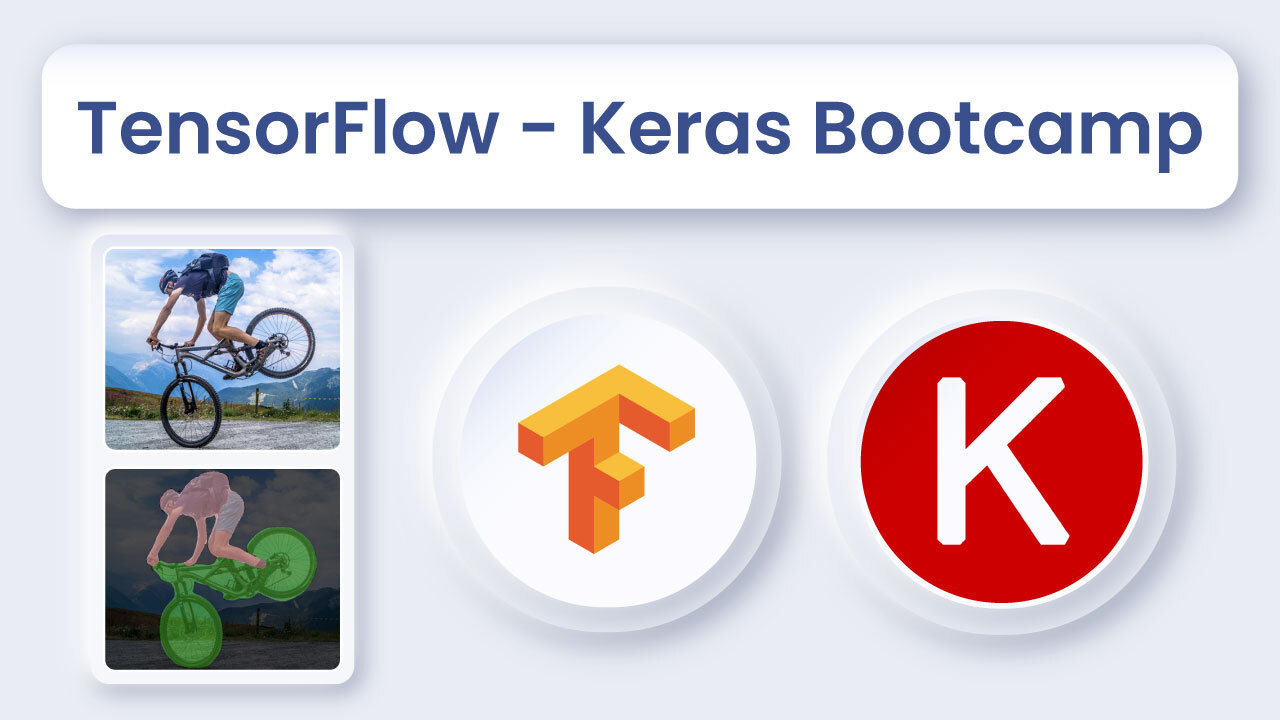
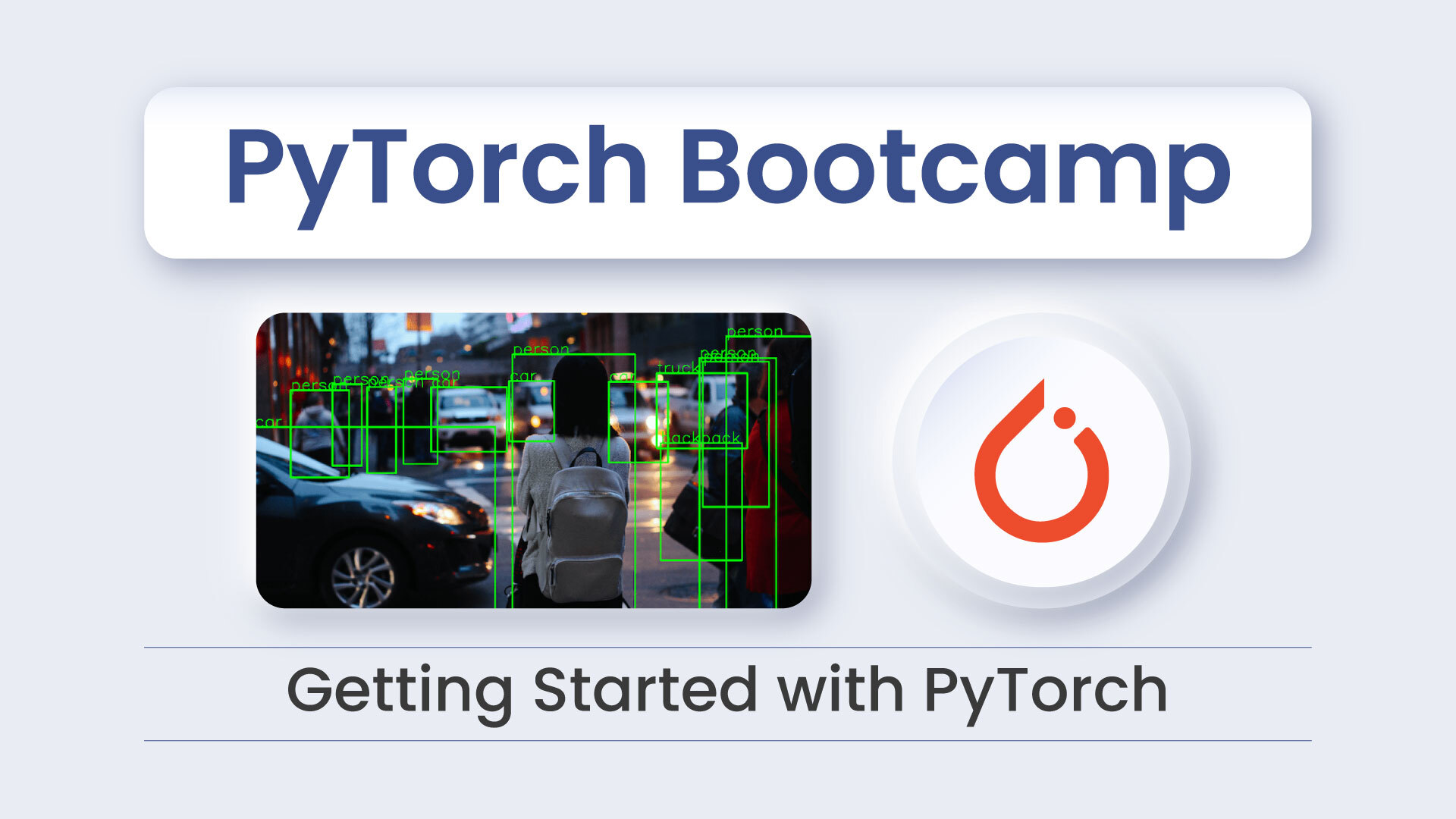


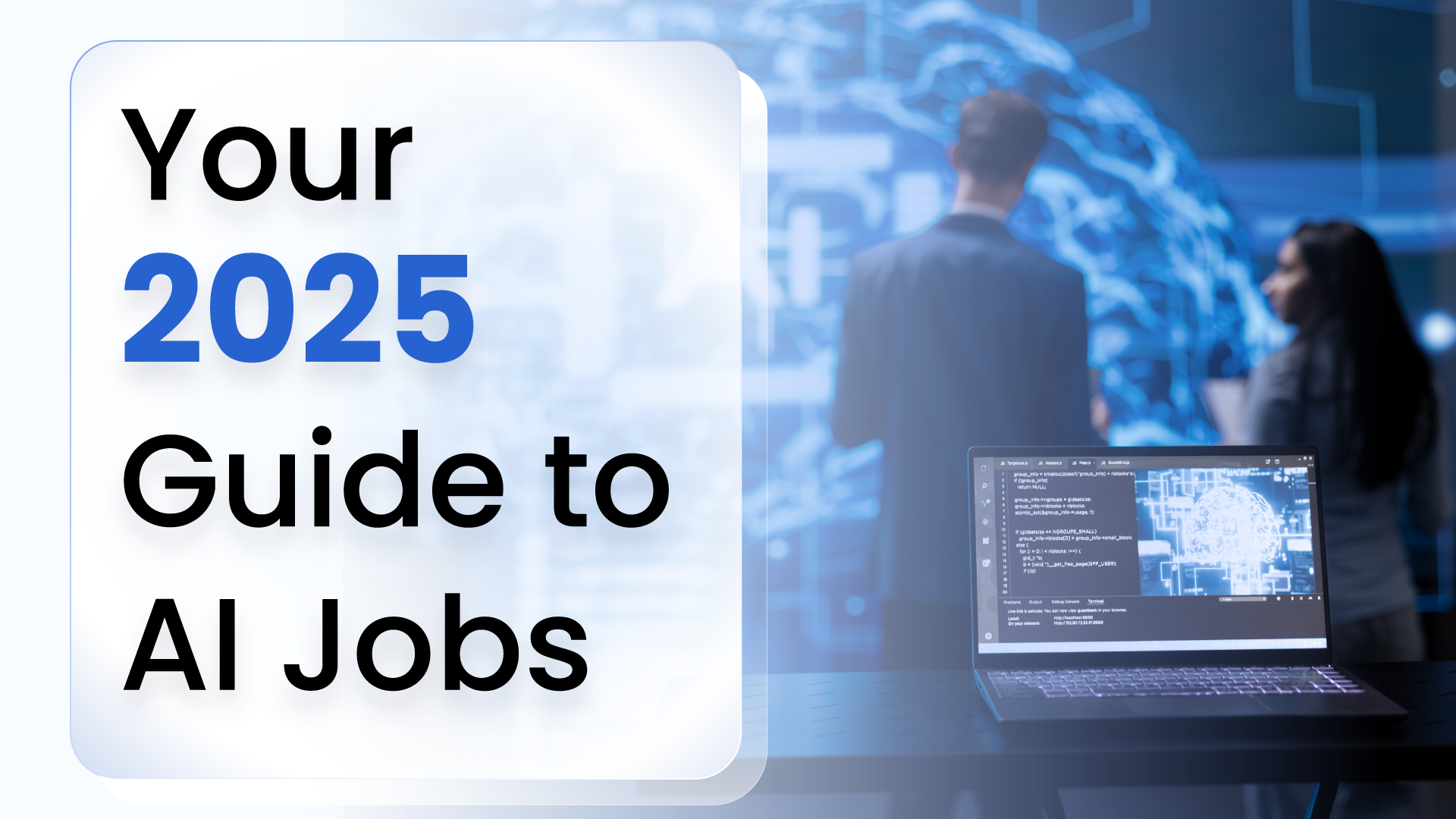
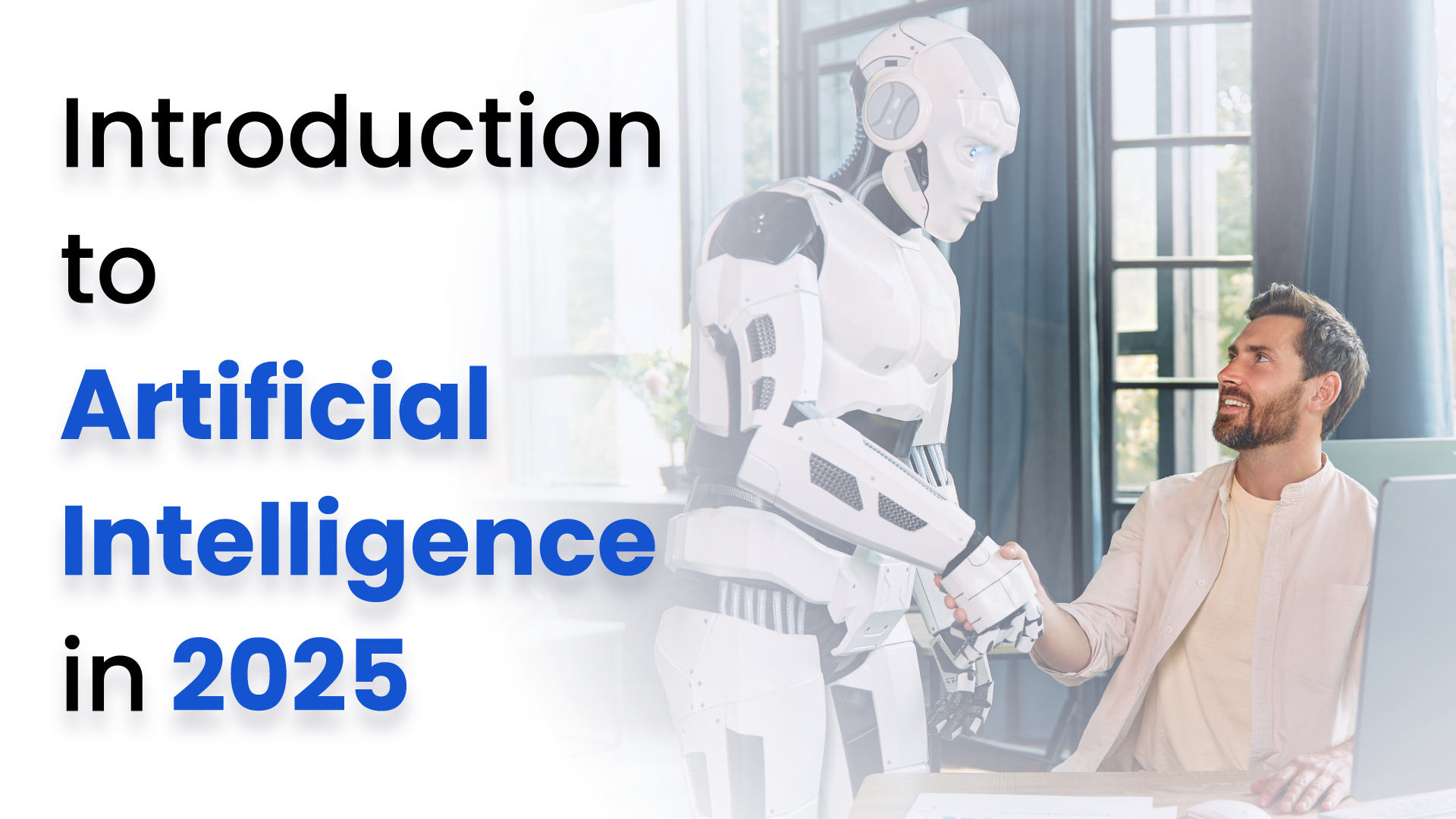
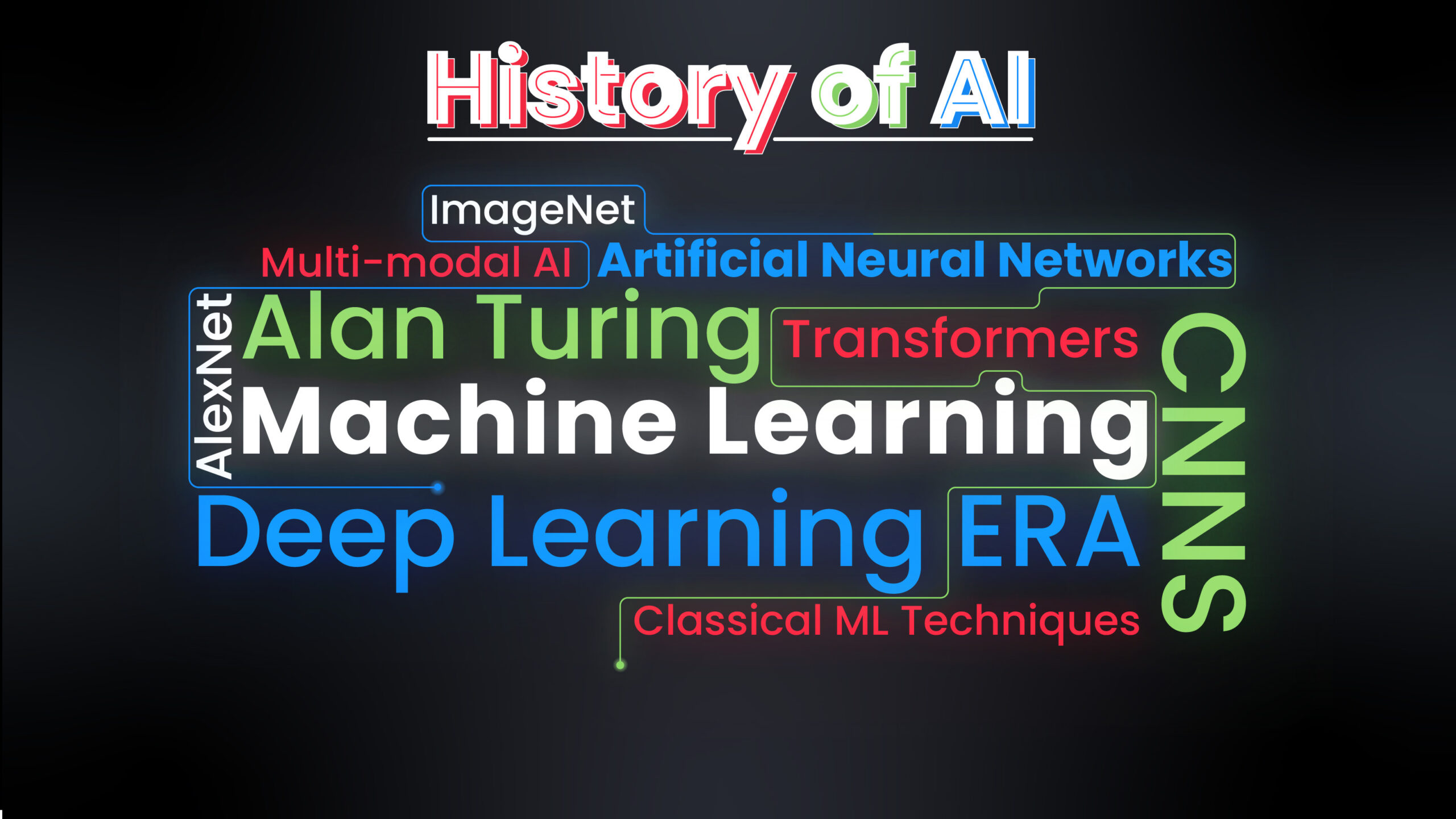

5K+ Learners
Join Free VLM Bootcamp3 Hours of Learning